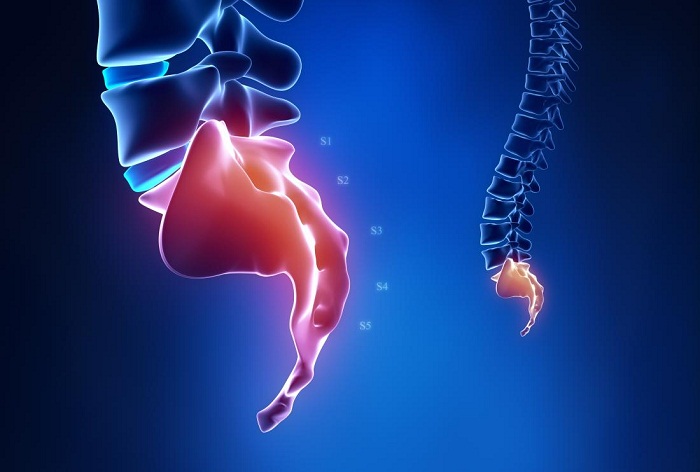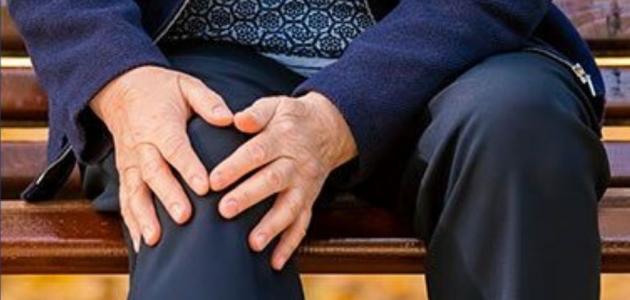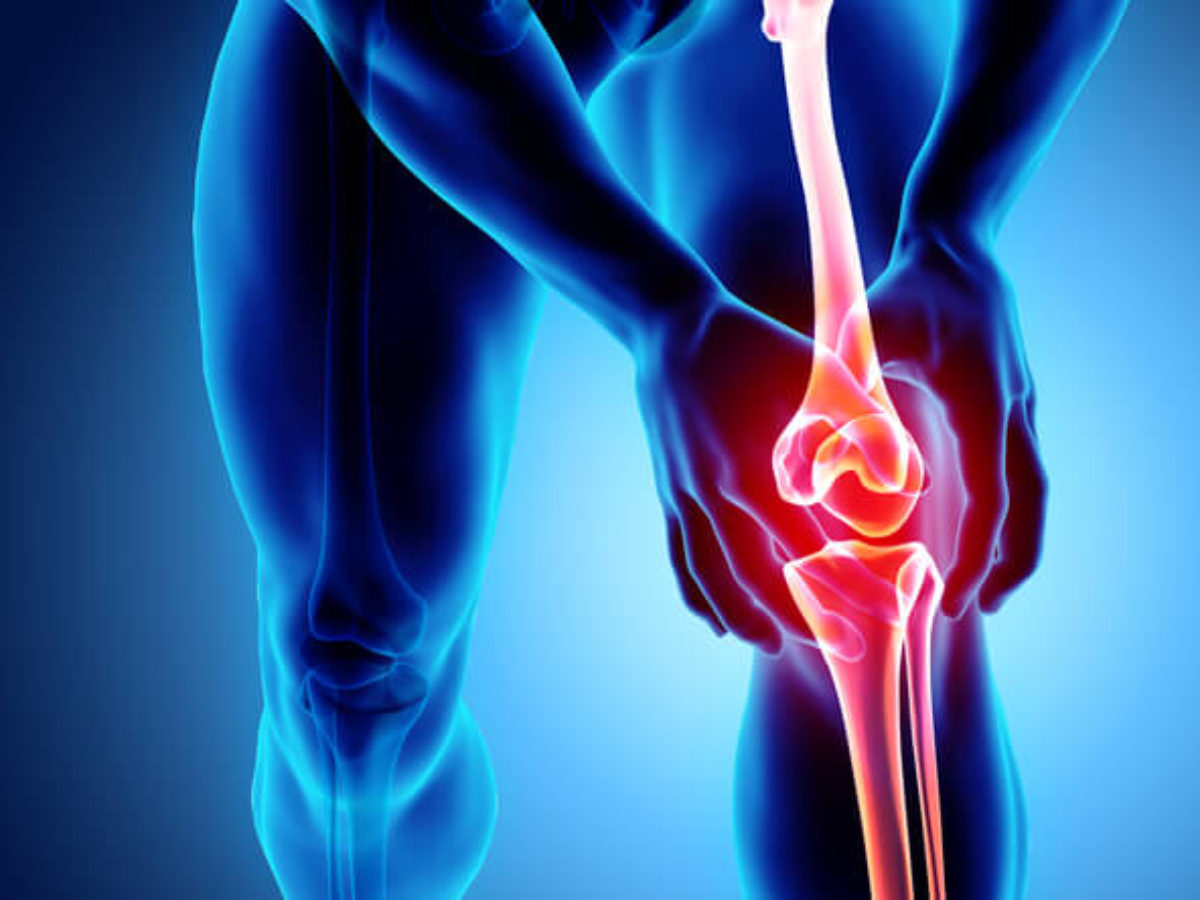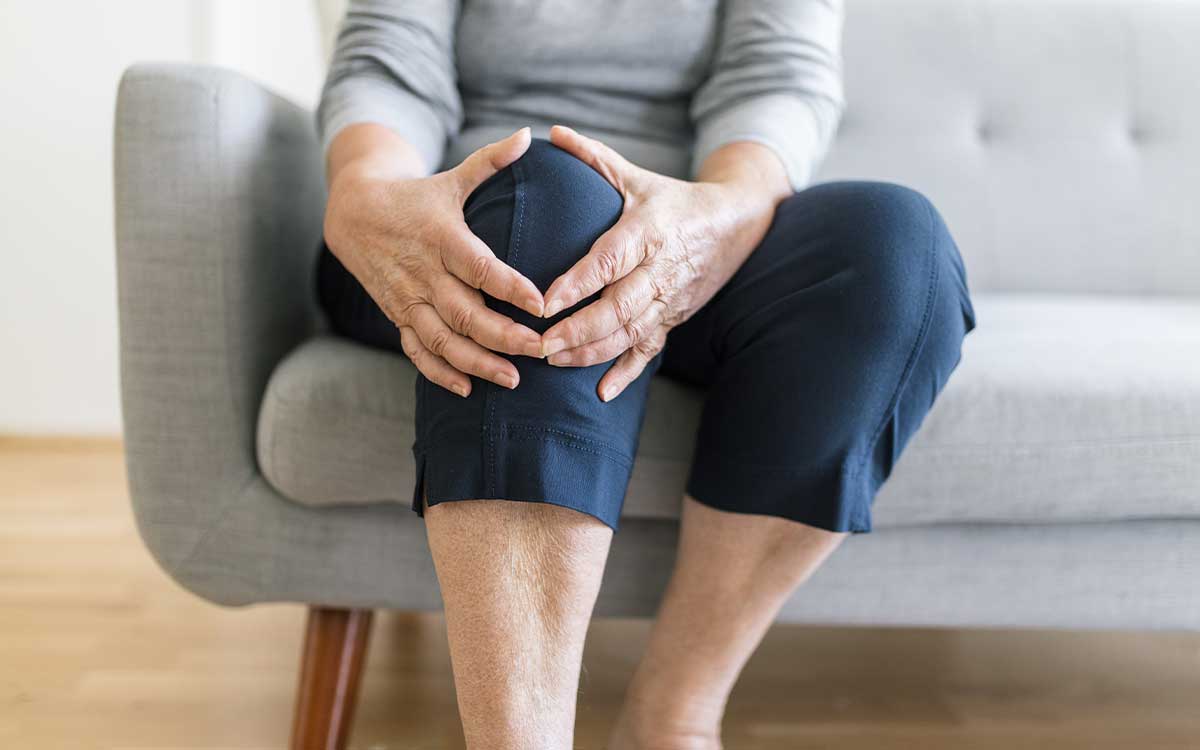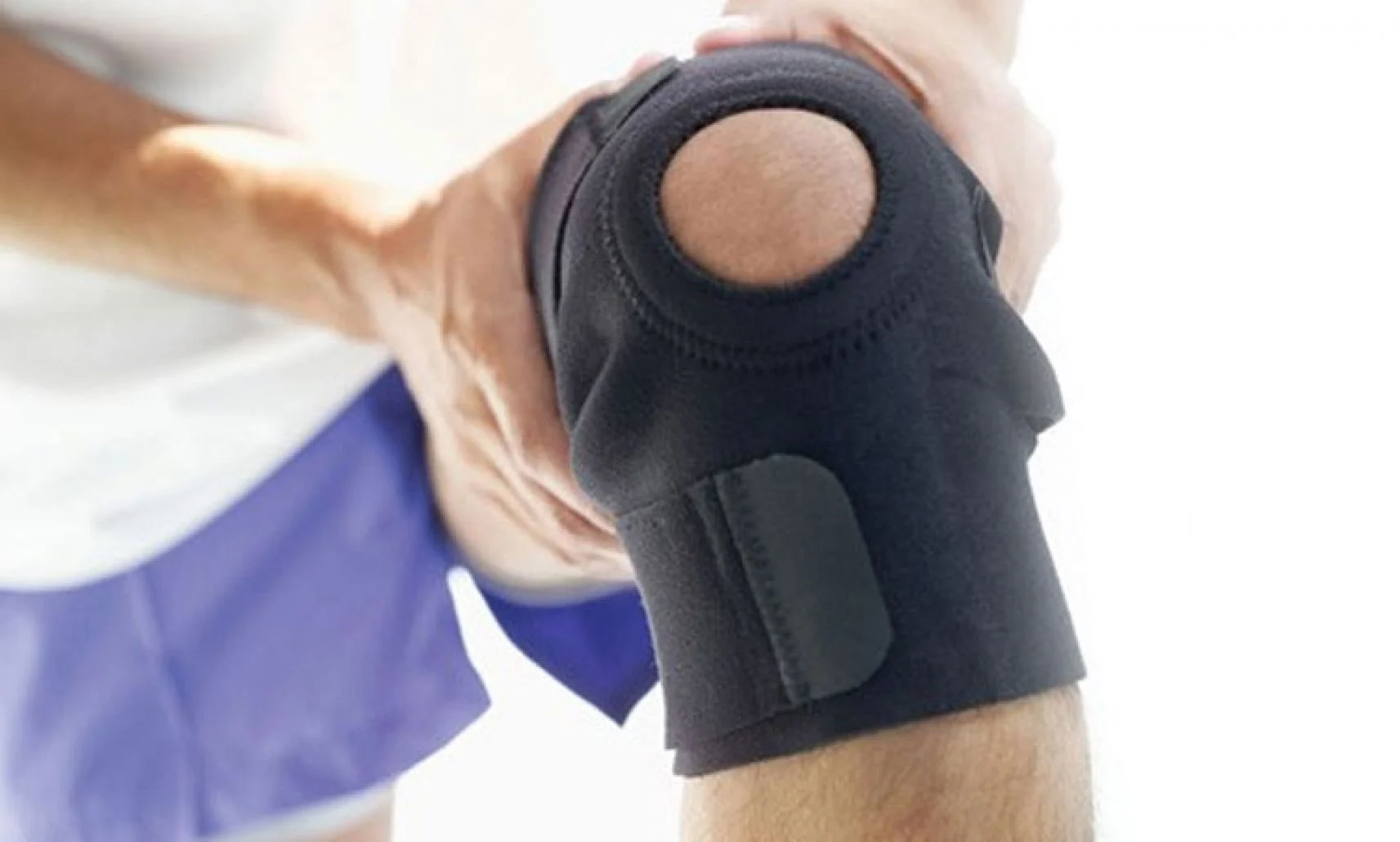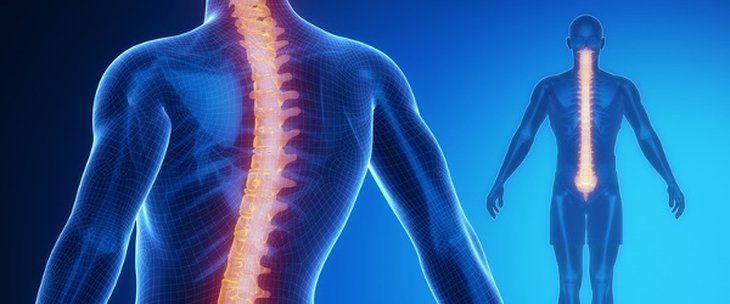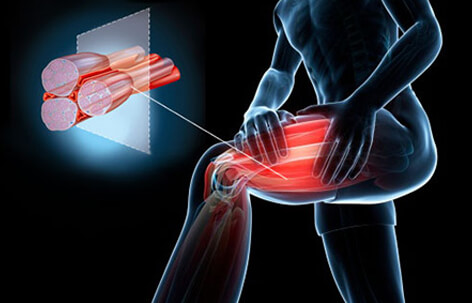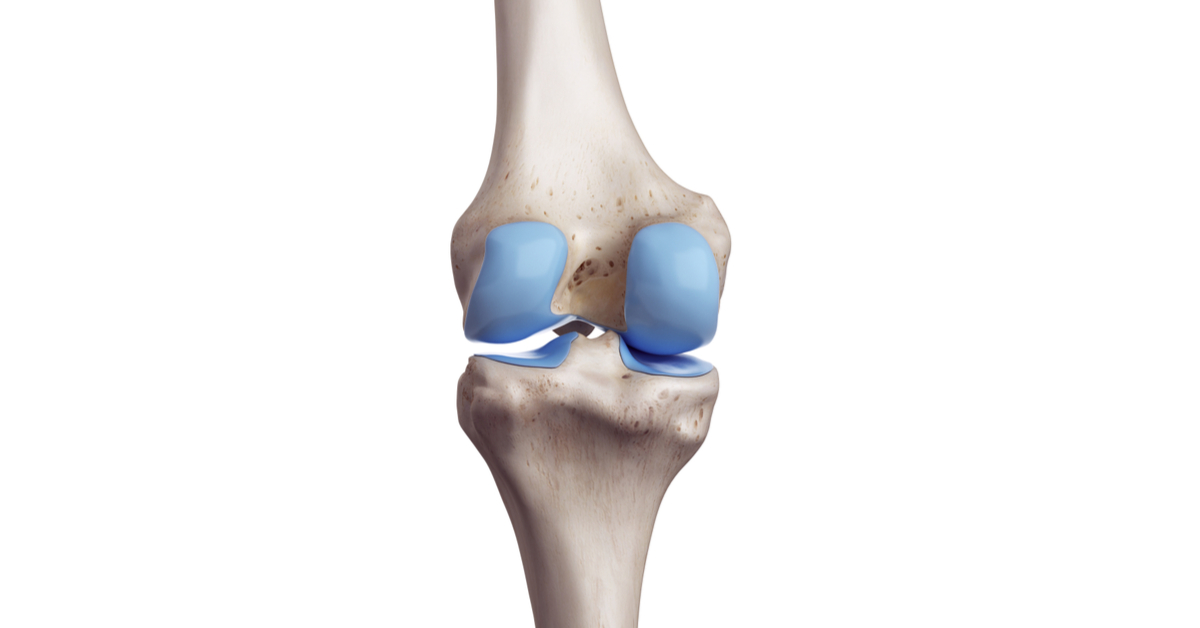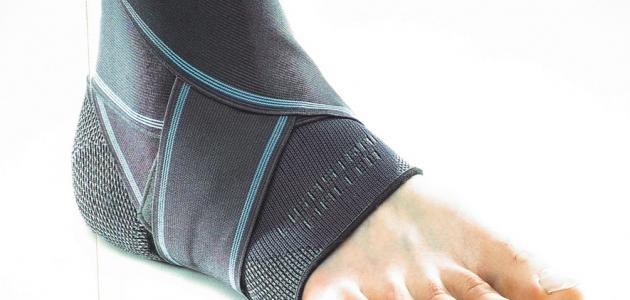Symptoms of vitamin D and calcium deficiency
Some damages and symptoms appear on a patient with vitamin D and calcium deficiency because it affects the body structure and exposes the person to other diseases, and in this article, we explain the signs and symptoms of deficiency or deficiency of vitamin D and calcium in the body.
Symptoms of vitamin D and calcium deficiency
Vitamin D deficiency in the body has negative damages, as well as calcium deficiency, which is primarily responsible for bone health and its correct formation without deformities or fragility in it, and the immune system is certainly affected by a lack of vitamin D in the body, and a person can suffer from diseases, infections, and infections due to the body’s weakness in resistance.
There is a close relationship between vitamin D and calcium, due to the benefit of vitamin D in helping the body absorb calcium and phosphorus and benefit from it in a strong skeleton without softness or weakness, and also contributes to building strong muscles and reducing the occurrence of spasms.
It is possible that the symptoms of vitamin D and calcium deficiency do not appear directly on the body, but an effect occurs on the vital processes and thus the organs of the body, in general, are damaged, and here are some of the signs and symptoms that appear on a patient with vitamin D and calcium deficiency are as follows:
- A feeling of general weakness in the body.
- Fatigue and stress.
- Easily fractured.
- Increased muscle spasms.
- Feeling stressed and anxious.
- Difficulty doing sports.
Causes of vitamin D and calcium deficiency
Some factors affect the deficiency of vitamin D in the body, and thus the person feels severe symptoms such as depression, laziness, hair loss, etc., and here are some of the reasons that help a person develop a deficiency of vitamin D and calcium, which are as follows:
- getting old.
- Malnutrition.
- Premature birth of children.
- Thyroid disorders.
- Kidney disease.
- Not getting enough sun exposure.
- Performing some surgeries related to the digestive system.
- Gastrointestinal disorders.
A person needs to pay attention to the symptoms that appear on him and to the change that occurs in the body and refer to a specialist doctor to treat the cause that leads to a deficiency of vitamin D and calcium and return the body to its normal state and health.
Symptoms of calcium and vitamin D deficiency in women
Many groups are exposed to vitamin D and calcium deficiency, including women, but the percentage of deficiency certainly varies from one woman to another, and these elements are of great importance to the elderly because they directly affect the bones and skeletal muscles.
What are the symptoms of calcium and vitamin D deficiency in women?
In the following, we can explain the signs that indicate the presence of a health problem related to the lack of calcium and vitamin D in women, which are as follows:
- Exposure to visual hallucinations.
- Excessive hair loss.
- Slow hair and nail growth.
- Having a memory impairment.
- Problems with mental abilities.
- Exposure to muscle spasms.
- Exposure to breast cancer.
It is important when the symptoms begin to appear for the affected woman to return to a specialist doctor to make a diagnosis and determine the percentage of deficiency in calcium and vitamin D and work on starting an integrated treatment program that may last for several weeks until the feeling of improvement and the return of the percentage to normal.
Can vitamin D injections be taken orally?
Some studies showed that the effect of oral medications that treat vitamin D deficiency has a better and faster effect than injections because vitamin D needs a fatty medium to dissolve and the body gets better use of it, and the patient can start to feel better after several weeks.
How to drink vitamin D for adults
There are several ways to take vitamin D for adults, including what is added to water or juice, until the most effective way is to drink vitamin D by placing a number of points inside the mouth directly, and it must be in the daytime after eating a main meal that includes a not small percentage of beneficial fats such as milk and fatty fish to help vitamin D dissolve and benefit the body more from it.

